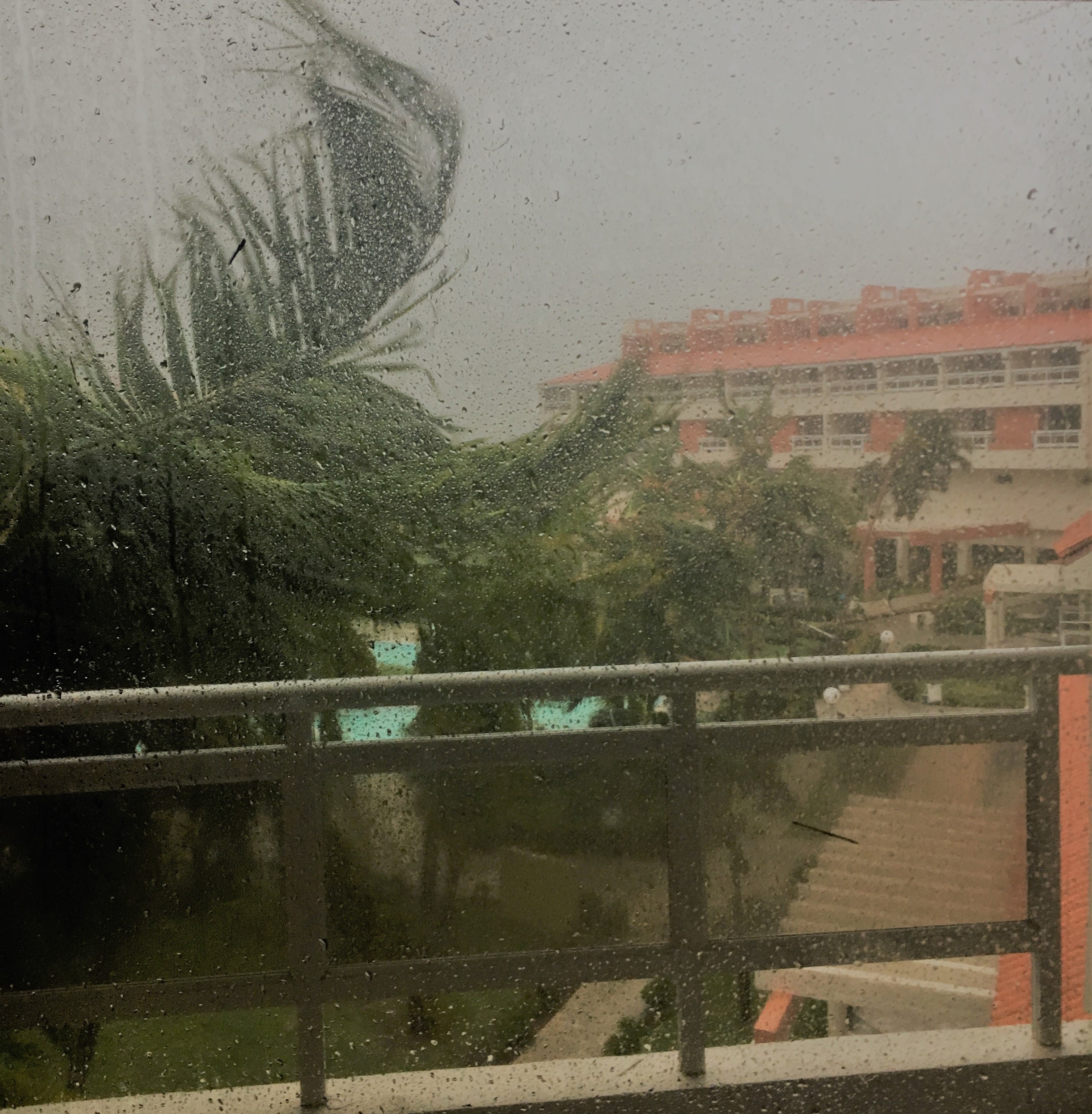Nearly 700 million people worldwide live in low coastal zones vulnerable to sea-level rise and coastal storms. That number could reach a billion by 2050
Afew years ago, after I gave a talk on water and climate change, I had an Arizona rancher come up and ask me if there would be enough water in the future for their livestock or if they should sell out and move north. This week, I received an email from a retiring doctor, who, acknowledging both their privileged economic situation and the personal nature of the decision, nevertheless asked if it “would it be more advantageous/safe to consider moving to coastal Oregon or Washington, rather than staying in southern California” because of rising seas, extreme heat and the growing threat of wildfires. At an Independence Day party this weekend, a couple asked me if they should move from Colorado to Michigan because of growing drought and water shortages in the western US.
I get these questions regularly and am both encouraged and dismayed by them. Encouraged because it suggests that the message about climate risks is finally getting out and people are beginning to reflect on the personal implications of those risks. Dismayed by the realization that the climate crisis is going to produce two classes of refugees: those with the freedom and financial resources to try, for a while at least, to flee from growing threats in advance, and those who will be left behind to suffer the consequences in the form of illness, death and destruction.
And I can’t answer them. Decisions about where to live, when we’re lucky enough to have the ability to choose, are deeply personal – a function of family, friends, jobs, wealth and idiosyncratic preferences about community, health, environment and yes, climate and weather. But, from the point of view of a scientist, certain facts about our changing environment are now glaringly unambiguous. Sea levels are rising and risks from coastal flooding and storms – already extremely high in some places – are growing fast. Rising temperatures are already causing more extreme heat events, which have always been lethal and are becoming more so. Wildfires are increasing in frequency, intensity and duration in many parts of the world, threatening communities with death and destruction and causing severe air pollution for millions. The severity of both droughts and floods are on the rise in some regions, with consequences for water availability and quality and public health.
Worldwide, nearly 700 million people now live in low-lying coastal zones vulnerable to sea-level rise and coastal storms. That number could reach a billion by 2050. Island nations like the Maldives, Seychelles, Kiribati and others could be completely wiped out by rising seas and storms. Even a rise of only a meter (39in), almost certainly unavoidable now, will displace millions of people in Florida and along the Gulf coast, causing trillions of dollars in damages and property loss.
The unprecedented heatwaves sweeping over the planet recently are harbingers of the heatwaves of the future. Temperatures above 49C (120F) swept over the Middle East a few weeks ago, earlier than ever before. Death Valley hit 53.3C (128F), just shy of the hottest temperature recorded on Earth. Last week, the small town of Lytton, British Columbia, saw the highest temperatures ever recorded in Canada – and then was wiped out by a brutal and fast-moving wildfire. And the World Meteorological Organization this week confirmed a new record high temperature for the Antarctic.
The US National Climate Assessment noted that the period since 1950 in the south-western US has been hotter than any comparable period in the past 600 years, and temperatures continue to rise. Heat stress is already the leading weather-related cause of death in the United States, worse than hurricanes, tornadoes or floods. In Europe, more than 20,000 people, mostly elderly, are already estimated to die annually from exposure to extreme heat. This problem is most severe in poorer communities that lack shade trees, air conditioning and cooling shelters.
Read more: The Guardian




